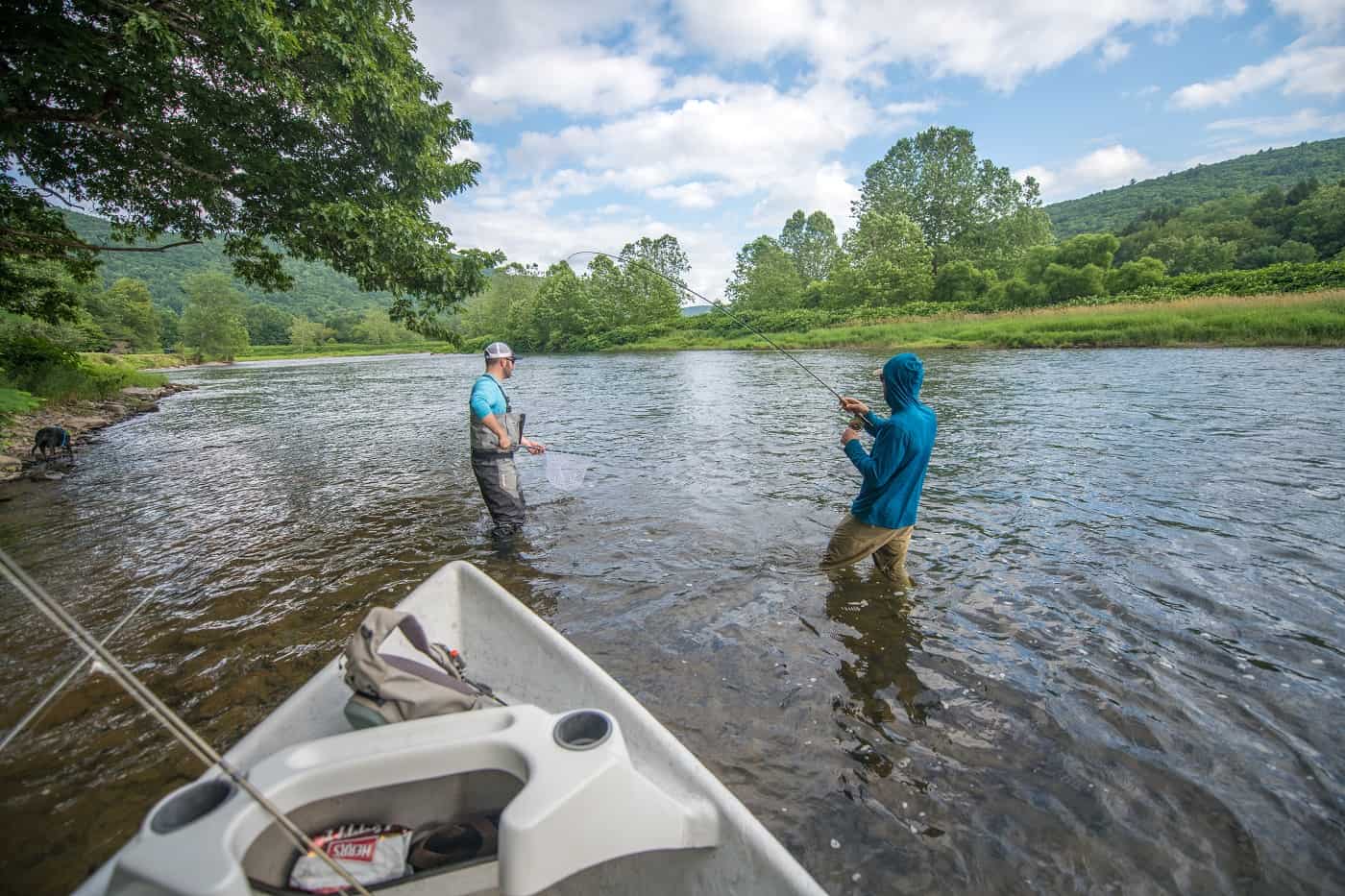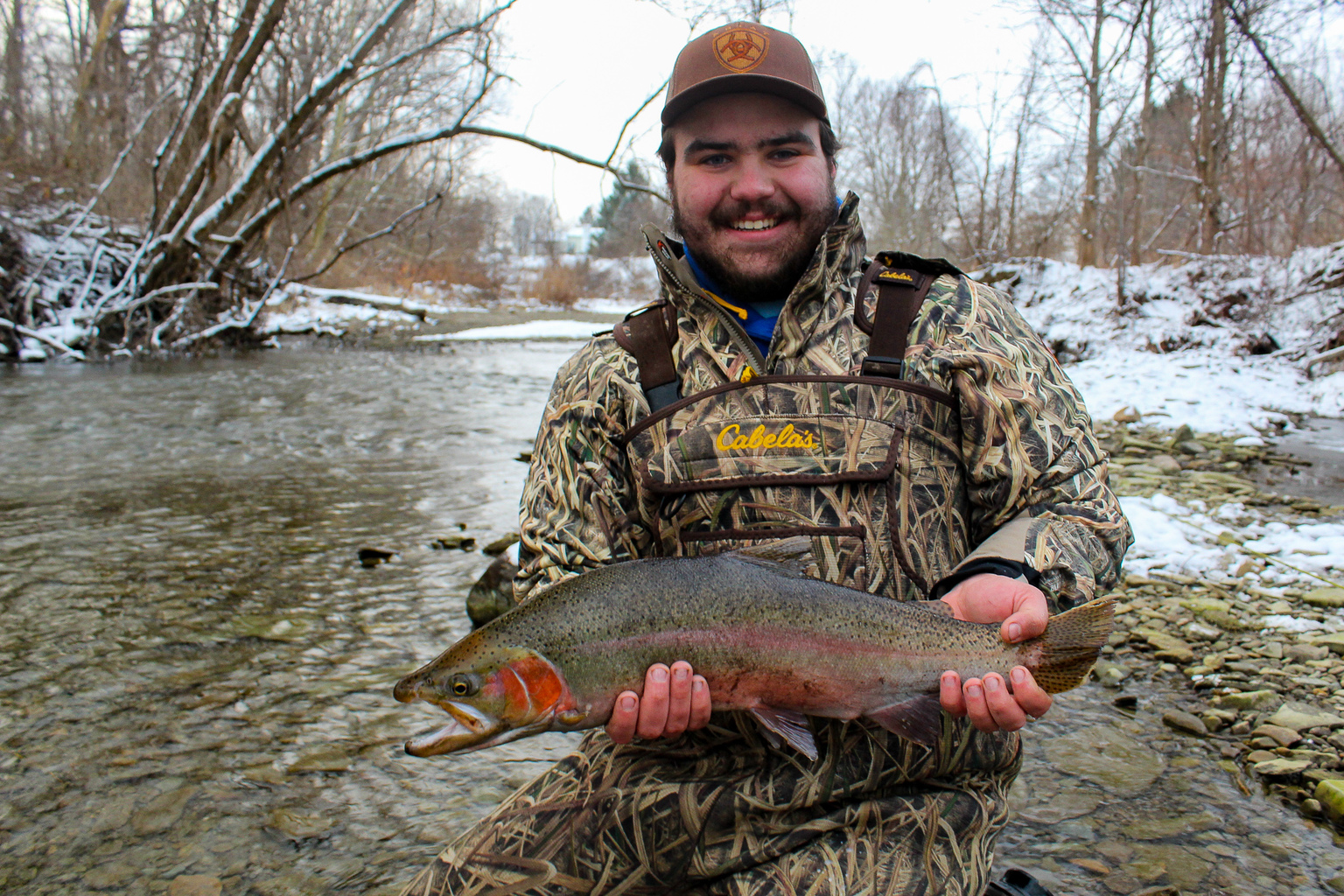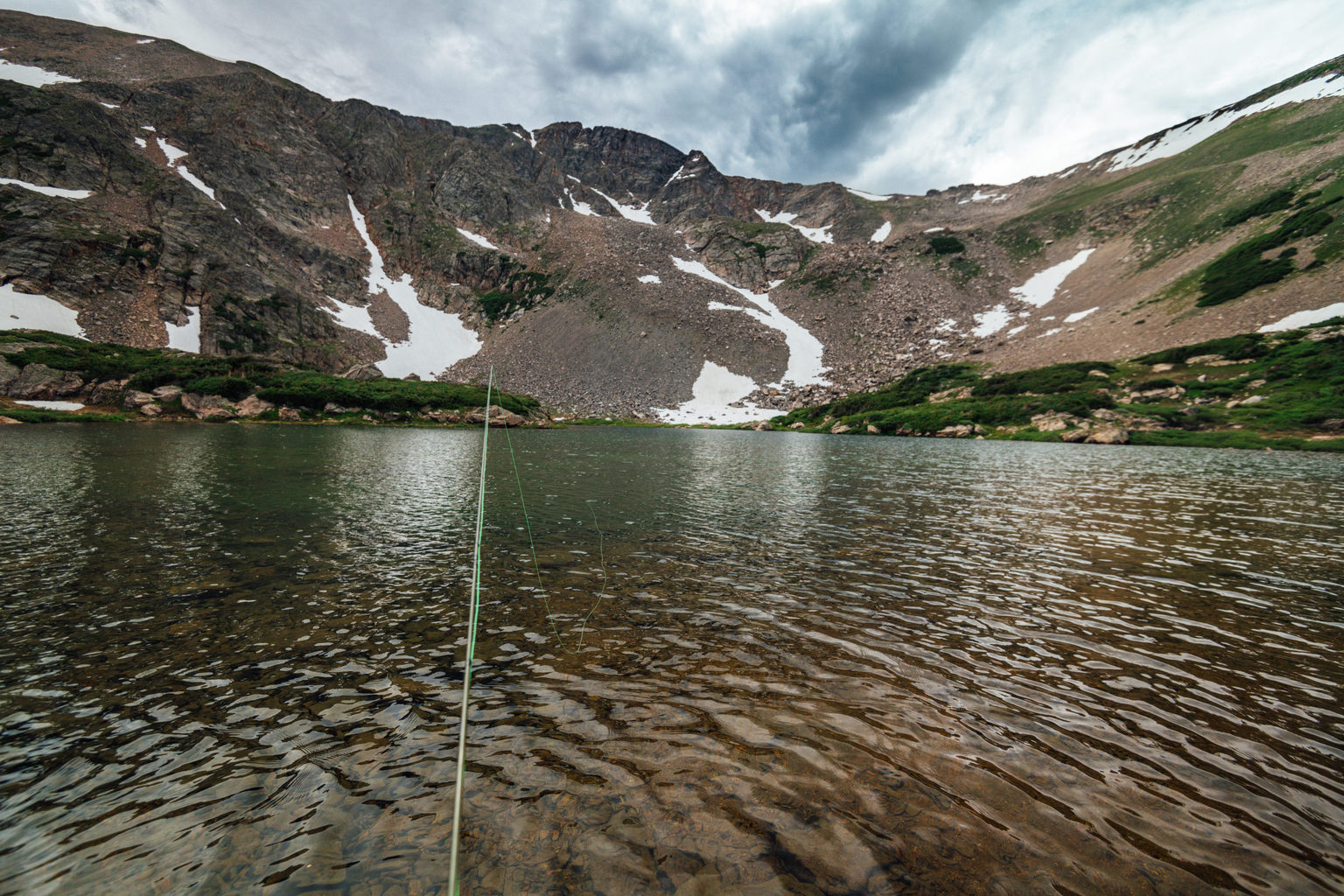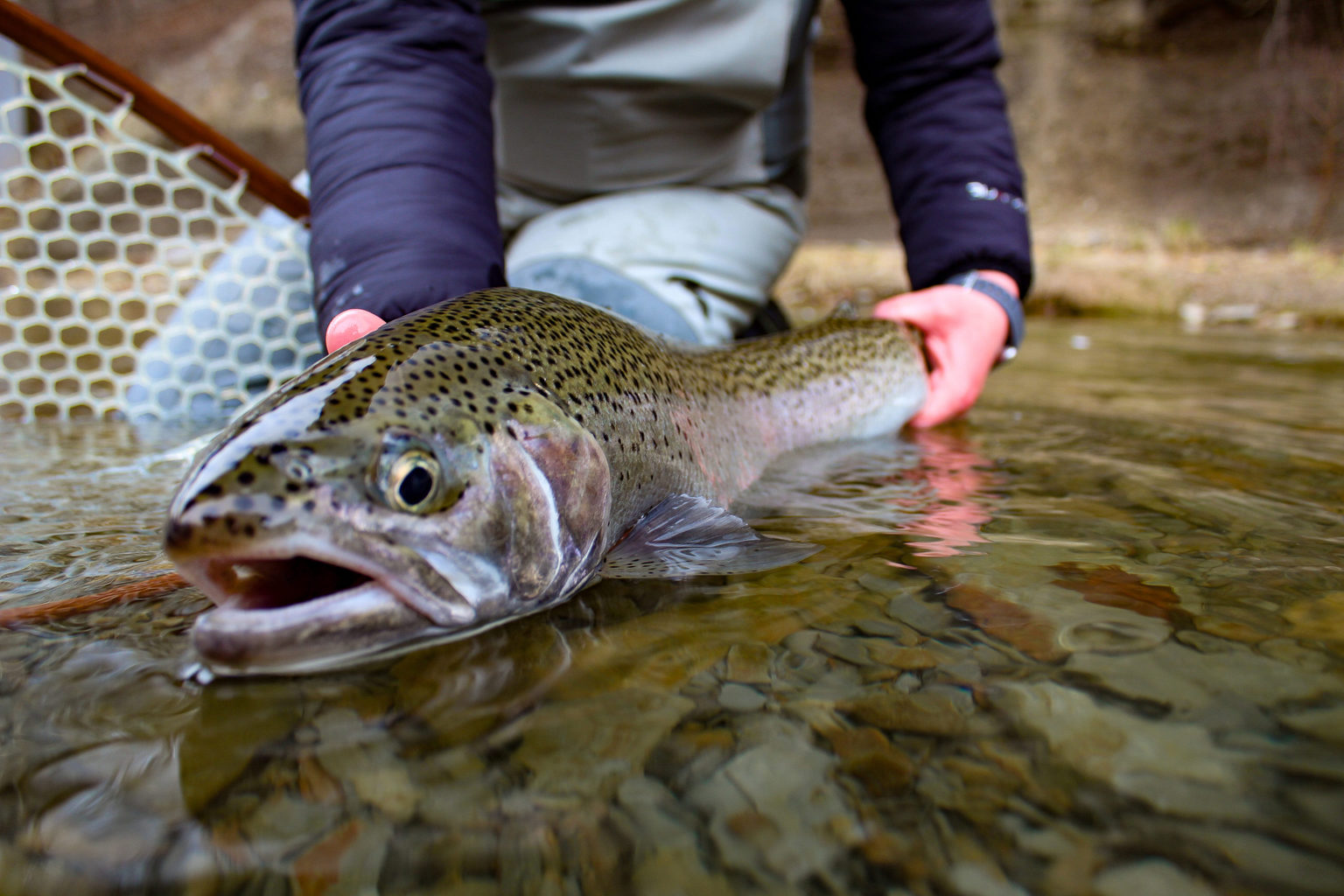Steelhead Fever: Fly Fishing for Lake Erie Steelhead
Considering how cold the Lake Erie tributaries can get, “fever” is an interesting word to use to describe steelhead fishing. It’s an accurate description, however, as the insatiable urge to pursue these great fish grips anglers tight and refuses to relent. The trouble is that with each changing leaf and incoming autumn cold front, about 200,000 other fishers catch this same sickness, and it seems like they all descend upon the tributaries at the same time. Here are some helpful tips to ensure that fever doesn’t turn into a nightmare.
Steelhead, much like all migratory fish, are either there or they aren’t.
While that may seem fairly obvious, it’s important to remember when fishing for chromers. The tributaries (particularly the ones in PA) often run very low and gin clear, which can make for some difficult fishing conditions, but it can also do us a great service when locating the fish.
It’s easy to tell whether the fish are holding in the riffles, runs, or pools you’re peering into. That isn’t to say the fish are always incredibly easy to spot, but it’s worth the extra few minutes observing the water to see if a fish shows itself before blindly throwing casts.
Considering how cold the Lake Erie tributaries can get, “fever” is an interesting word to use to describe steelhead fishing. It’s an accurate description, however, as the insatiable urge to pursue these great fish grips anglers tight and refuses to relent. The trouble is that with each changing leaf and incoming autumn cold front, about 200,000 other fishers catch this same sickness, and it seems like they all descend upon the tributaries at the same time. Here are some helpful tips to ensure that fever doesn’t turn into a nightmare.
Steelhead, much like all migratory fish, are either there or they aren’t.
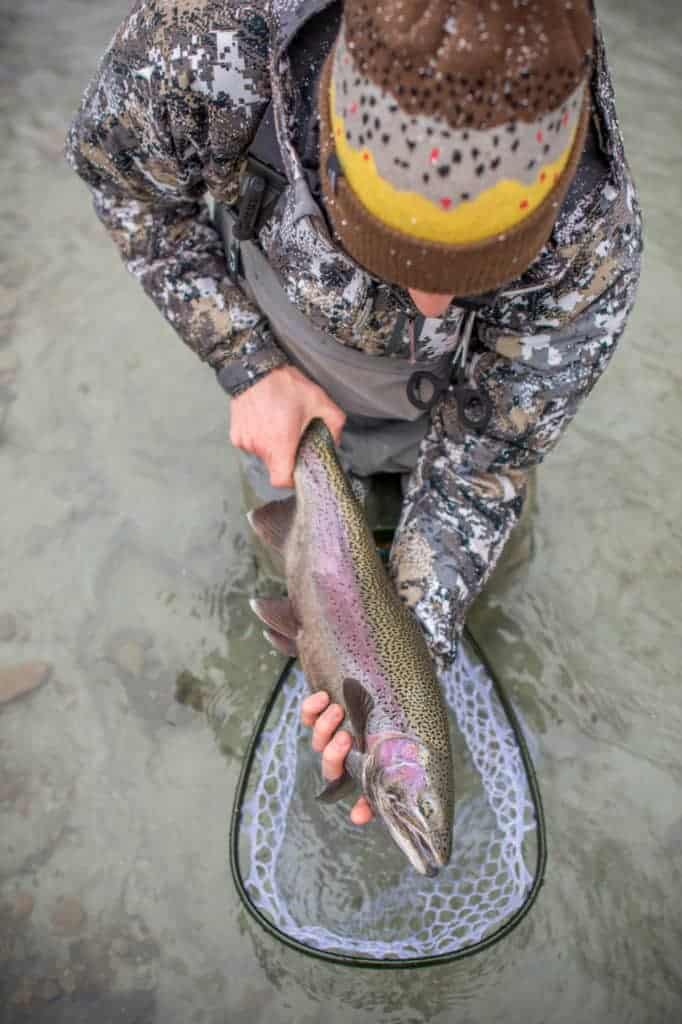
While that may seem fairly obvious, it’s important to remember when fishing for chromers. The tributaries (particularly the ones in PA) often run very low and gin clear, which can make for some difficult fishing conditions, but it can also do us a great service when locating the fish.
It’s easy to tell whether the fish are holding in the riffles, runs, or pools you’re peering into. That isn’t to say the fish are always incredibly easy to spot, but it’s worth the extra few minutes observing the water to see if a fish shows itself before blindly throwing casts.
Nothing can be more frustrating than fishing a location for a half hour only to find there isn’t a single fish present to be intrigued by our offerings.
If finding fish is half the battle, the other half is fly selection.
There are many anglers who will contend that an excellent presentation is far more important than the actual fly choice, and that’s almost always true. One of the times when it might not be is fishing for steelhead. The low and clear water mentioned above creates for some exciting sight fishing opportunities, and also a great chance to observe how the fish react to flies.
Countless fish have watched well-presented flies drift within an inch of their nose only to shy away at the last moment. Then, after a quick fly change, that same fish will move several feet out of its holding lie to ferociously attack the new pattern. Eggs reign supreme and it’s advised to have a healthy selection of orange, pink, cream, and chartreuse in both single egg and sucker spawn patterns.



